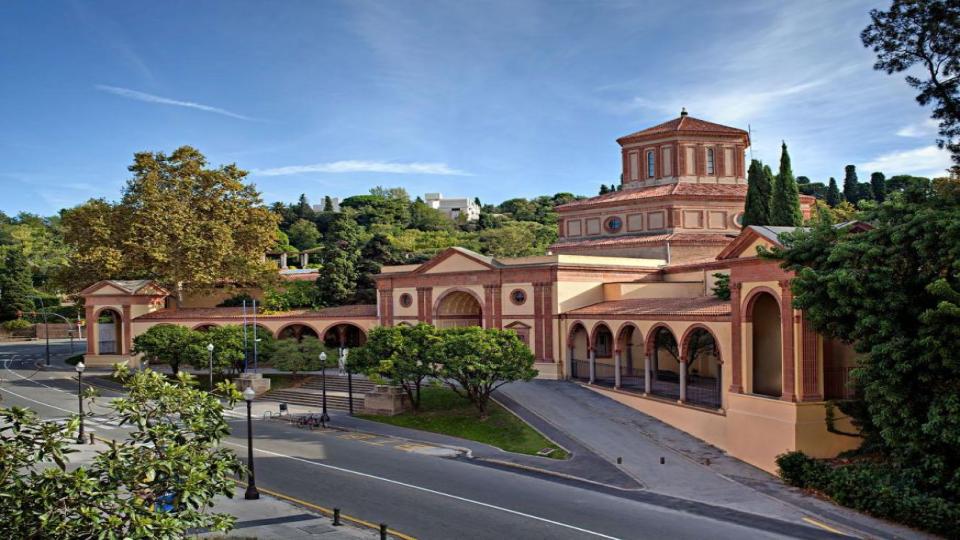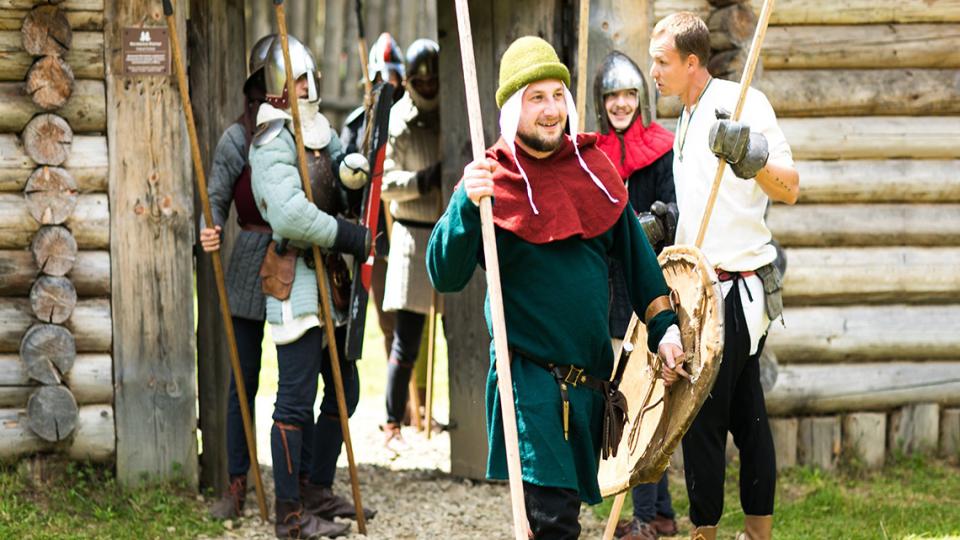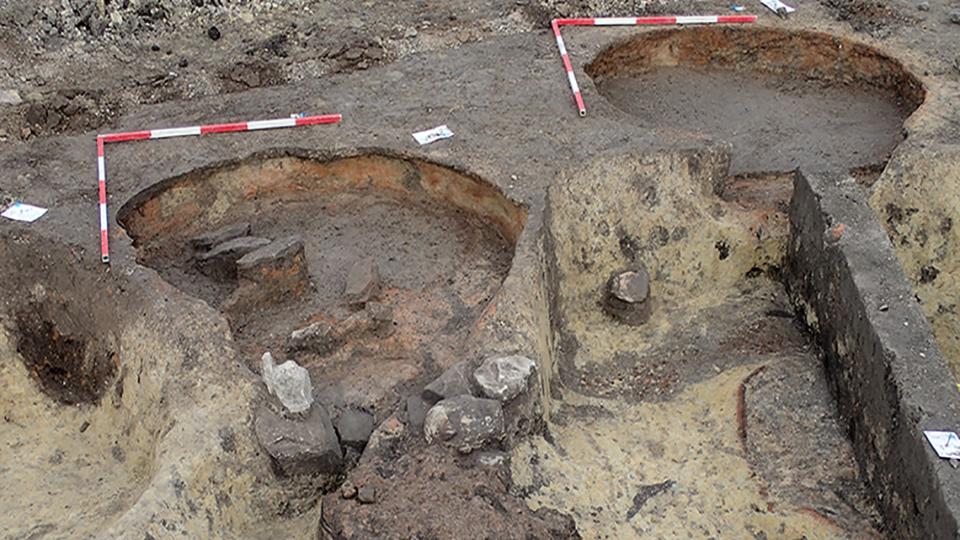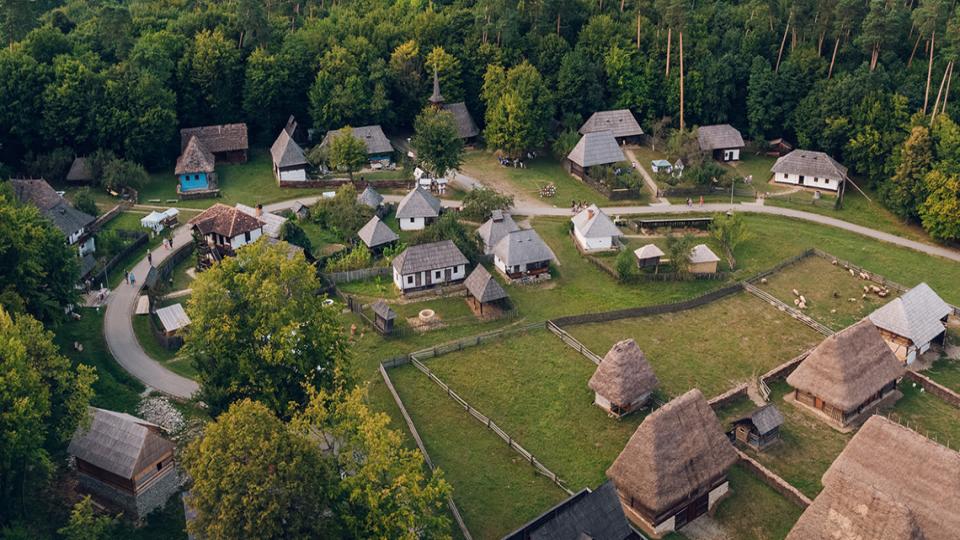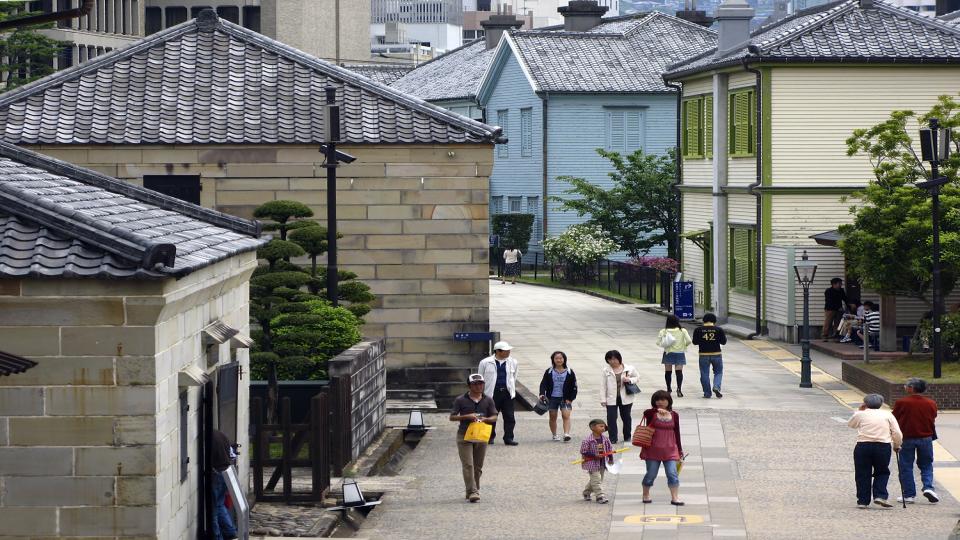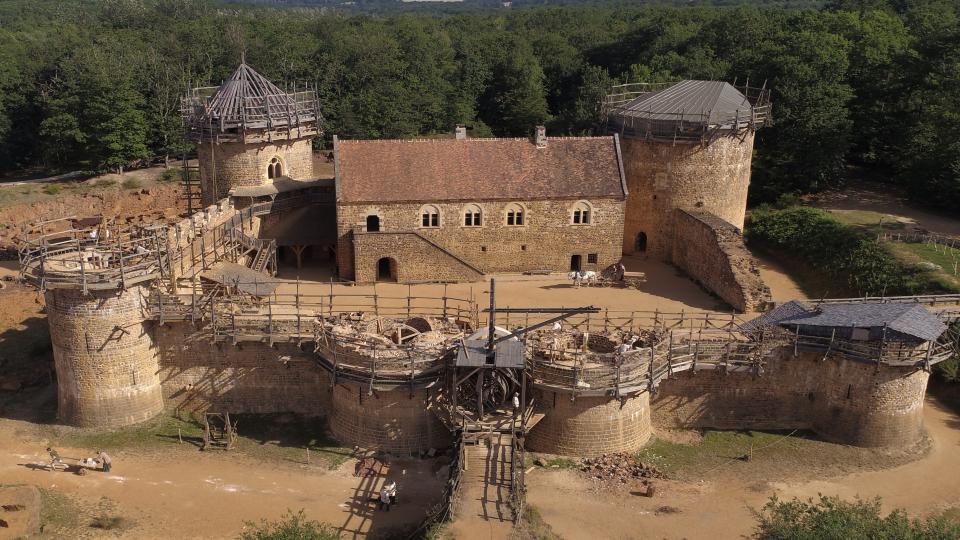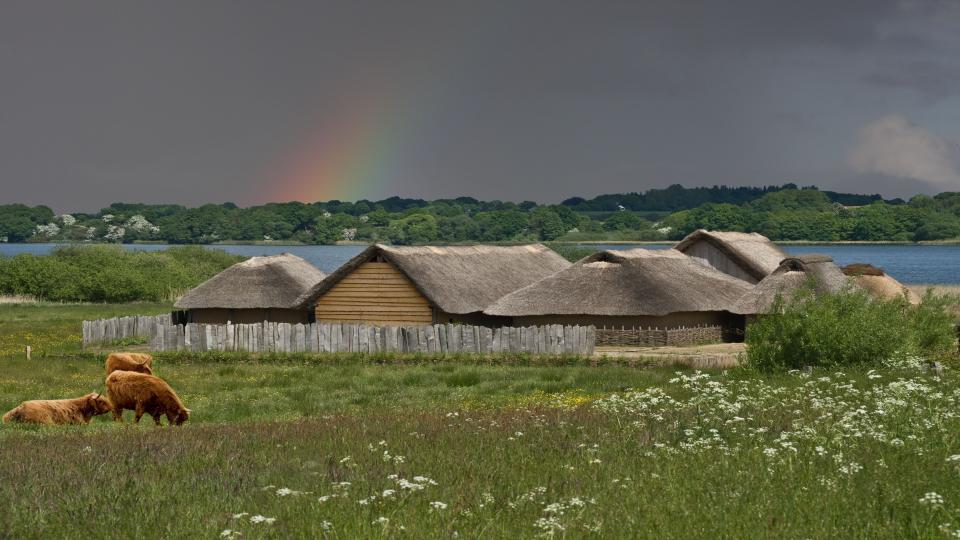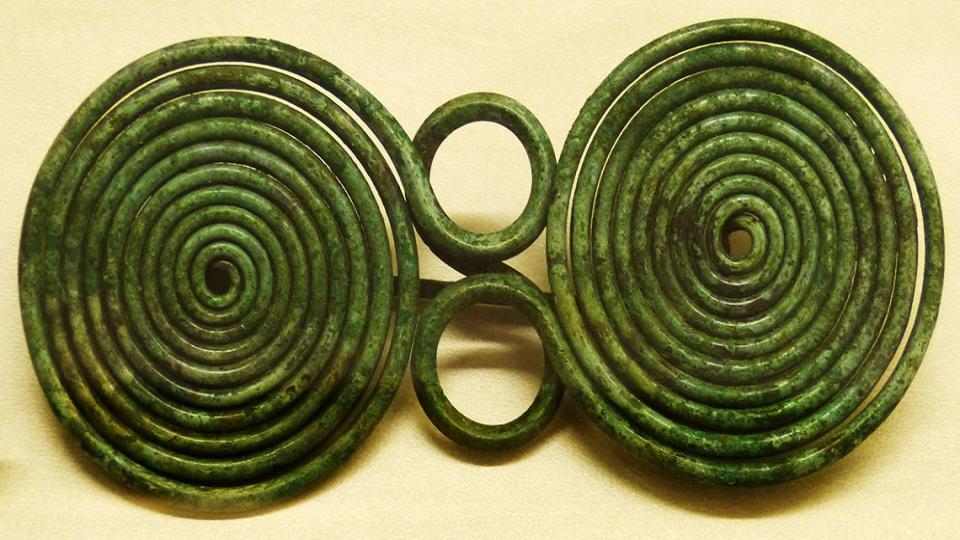150,000+
Archeon (NL)
After 15 years of preparation, 1994 the first Dutch archaeological theme park opened in Alphen aan den Rijn, not far from The Hague, Utrecht and Amsterdam, an area which houses 6 million inhabitants. Archeon covers 10,000 years of human development in the Netherlands. From hunter-gatherers in the Stone Age and farmers in the Bronze and Iron Ages, through the Roman period and right up to everyday life in 1340 AD, “Archaeo-interpreters” show what life was like in “their time” in the 43 reconstructed buildings
Museu d’Arqueologia de Catalunya (ES)
The Museu d’Arqueologia de Catalunya (MAC) is an essential national museum facility where history comes to life and time becomes a fascinating adventure. The museum integrates five archaeological centres that can be visited throughout the country: in Barcelona, Girona, Empúries, Olèrdola and Ullastret, Cultural asset of national interest (BCIN). In addition, the MAC also manages the Centre for Underwater Archaeology of Catalonia (CASC), based in Girona, the National Archaeological Repositories, located in Cervera, and the "Iberia Graeca" Research Centre, based in L'Escala. In 2009 the museum also promoted the creation of the Network of Museums and Sites of Catalonia, the Arqueoxarxa, which currently brings together twelve archaeological museums from all over the country.
State Historical and Cultural Reserve "Tustan" (UA)
Комунальний заклад Львівської обласної ради Адміністрація державного історико-культурного заповідника "Тустань" (Communal facility of the Lviv Regional Council Administration of the State Historical and Cultural Reserve "Tustan"). The reserve takes care of the remains of the fortress, its natural and historical environment
Magyar Nemzeti Múzeum - Nemzeti Régészeti Intézet (HU)
The Hungarian National Museum was founded in 1802 and is the national museum for the history, art and archaeology of Hungary. It’s collections, exhibitions and affiliates present an overall view of the archaeology and history of the country.
Complexul National Muzeal ASTRA (RO)
The ASTRA Open-Air Museum situated in the natural reservation of Dumbrava Sibiului, 4 kilometers away from the Sibiu city centre, spreads across 96 ha, of which more than 40 ha are covered by the permanent exhibition. It was opened in 1963 when the assumed mission was to present the traditional technical patrimony in rural Romania, mills for grinding, oil, grapes and fruit presses, sawmills and watermills, and some peasant industries.
Dejima (JP)
Dejima is an artificial island constructed by Nagasaki merchants until 1636 under Japan's feudal government (Tokugawa government) to continue the trade with the West while banning Christianity.
Guédelon (FR)
In Guédelon forest, in a once disused quarry, using medieval technology, woodcutters, quarrymen, carpenters, stonemasons, blacksmiths, tilers, carters and rope makers are building a 13th-century castle from scratch...
Roman City Carnuntum (AT)
In Carnuntum, the time of the Romans is not in the long-ago past, visible only by a few remains of walls, but pervades the present which can be experienced with all one’s senses.
Wikinger Museum Haithabu (DE)
The (re)construction of the Viking houses at Haithabu is based on the results of over 100 years of research at this site. The conservation of organic material allows detailed conclusions about the looks of the houses back then.
Prähistorische Abteilung des Naturhistorischen Museums (AT)
The Natural History Museum of Vienna holds some of the most remarkable prehistoric finds. In display halls covering 8.700² metres the visitor can travel through our planet's history, through the breathtaking diversity of nature and back to the origins of our culture.


